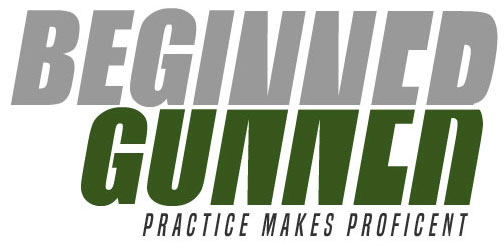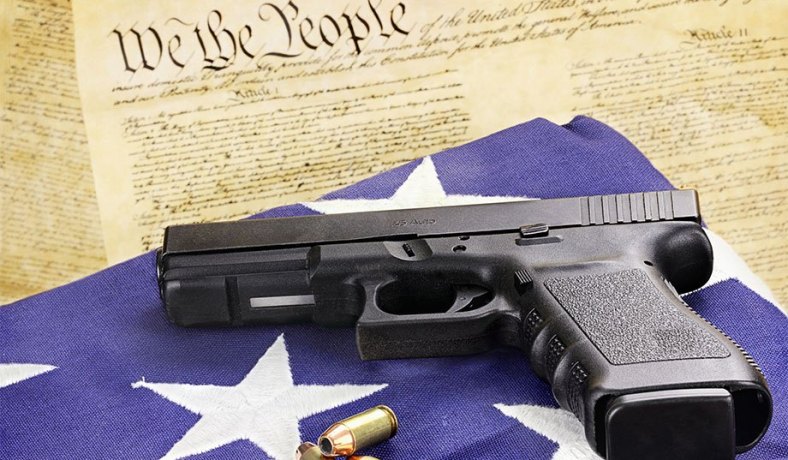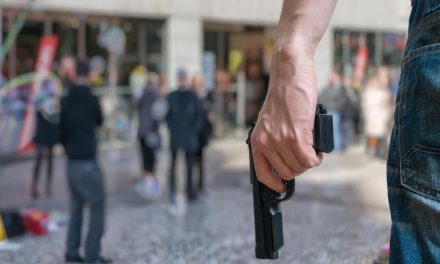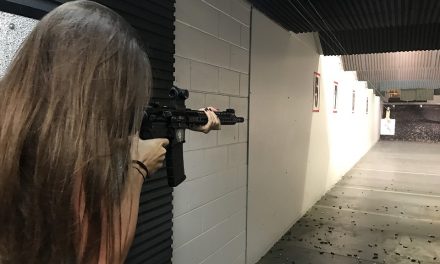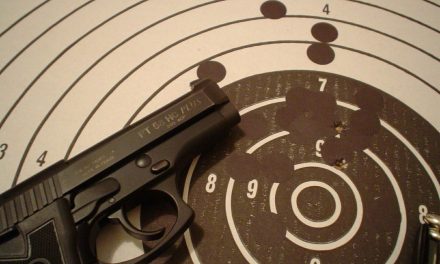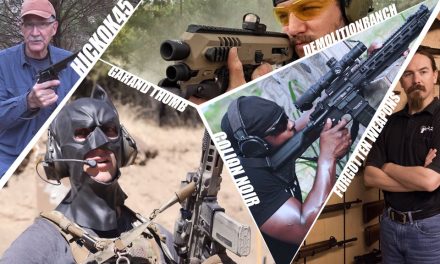At its core, the United States Constitution is meant to “create a government that puts the power in the hands of the people.” Used as the supreme law of the land, it is meant to create a strong, central government, ensuring that no one person, nor the government, has absolute power. Pursuing this balance in power, the Framers passed the first 10 amendments of as the Bill of Rights. This ensured that these essential liberties are secure and couldn’t be taken away from them.
One of the first rights given to citizens is the right to “keep and bear arms.” Preserving the security of the free state was one of the top priorities of the early United States. Presently, we see this ideology has continued into the present, as each year more Americans are purchasing firearms.
A couple questions come to mind regarding the Second Amendment: What exactly was the Second Amendment? Why was it needed? What does it actually protect? Ultimately since we live in a modern world, where the United States has a powerful military, and readily accessible police forces, is the amendment still necessary?
What is the Second Amendment?
The Second Amendment is the second of the first 10 articles added to the U.S. Constitution.
When studying the structure of the amendment itself, it consists of two parts: the first, the need for a “well-regulated militia, necessary for the security of the free state” and “the right of the people to keep and bear arms.” This article answered one of the primary concerns of the people living in early America. At sudden moments when peace was in jeopardy, attack was always close, and federal military assistance could not be deployed, people were constantly in danger. Giving citizens the right to arm themselves and house weapons and ammunition, allowed them to protect themselves and the country’s borders. What were the Framers of The Constitution so concerned about that they needed to ratify such an article?
Why was the Second Amendment needed?
During the formation of The Constitution (1791), the country was still very young. The British colonists only won the American Revolutionary 10 years prior (1781) to the Constitutional Convention. As national security has yet to be firmly established, the young nation still has a number of potential enemies. This included further attacks from Great Britain, other strong nations, the Native Americans, and themselves as a governmental authority. Since this was so important, they determined that the Second Amendment will “[assert Americans] a natural right to defend themselves and their property against all threats, including tyranny of any kind, foreign or domestic.”
Invasion from Foreign Nations
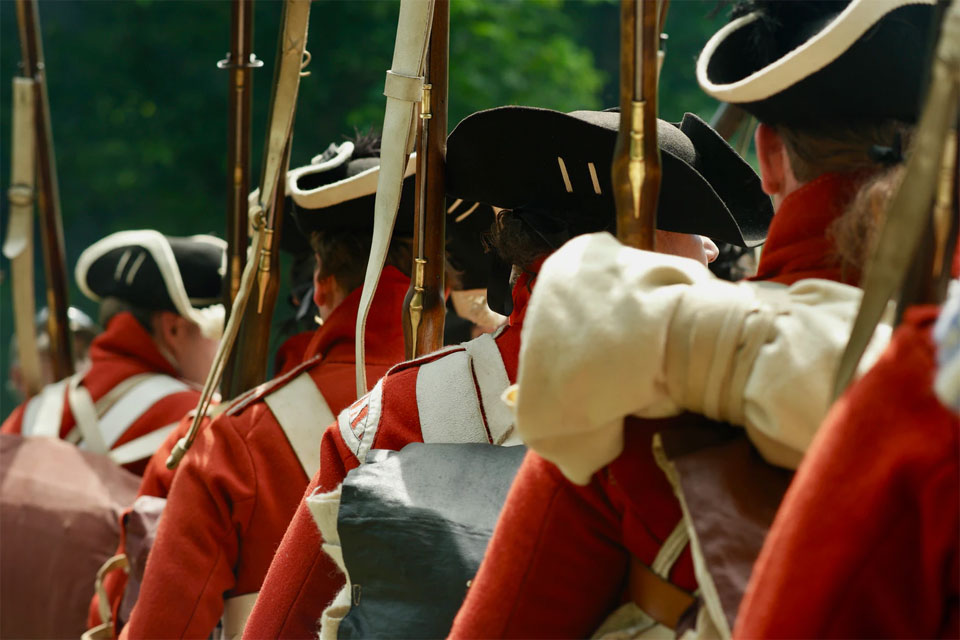
Invasion from a more well-equipped nation was a serious concern in Post-Revolutionary America. The country was recovering from the Revolutionary War, and the nations reserves need to be replenished. Its borders weren’t firmly secured, and the land was surrounded by enemy nations. A total unified front had yet to be formed because individual states continued to choose to act under their own dominion within the Articles of Confederation.
Imperial nations such as France, Spain or Portugal could’ve exploited this vulnerability. For them, this is the best time to take the opportunity to gain territory by swaying the allegiance of loosely loyal colonists. Having provisions in place which allowed states to train a disciplined and hardened militia were necessary. This assured that those who invaded, would be able to establish a proper and efficient counter-attack until support arrived.
Retaliation from Native Americans
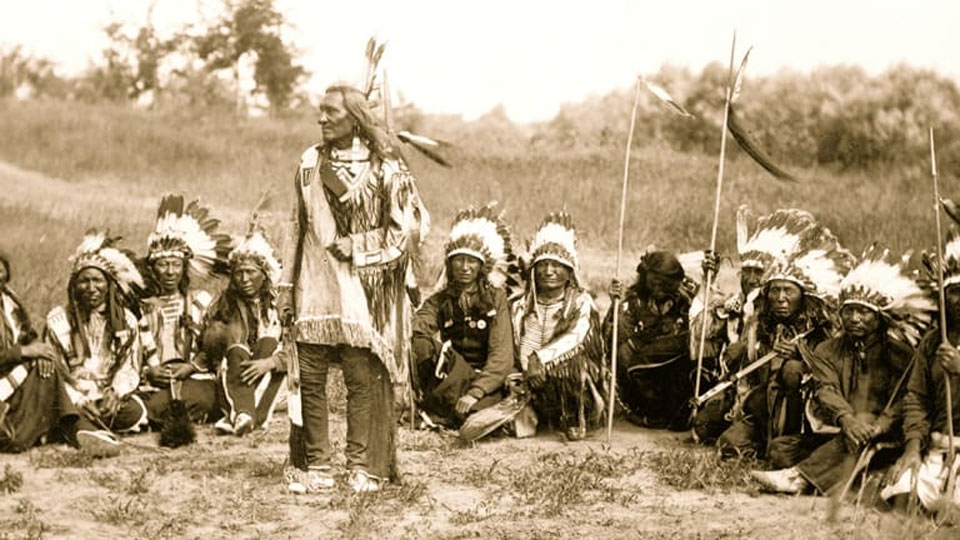
Even more pressure was present on the borders of America, where settlers met with fierce opposition from the native tribes. Since the native peoples had their homelands stolen from them, many fought to take them back. Originally, a majority of the tribes looked to trade or stay neutral from any European conflicts.
What would be coined “Manifest Destiny,” severely strained relations to the point where violence and retaliation were inevitable. Even with home field advantage, colonial technological superiority continually drove these tribes to extinction, assimilation, and towards the vanishing frontier. Although, this didn’t stop the native peoples, as settlers were continually faced with overwhelming resistance.
Historians say that life on the American frontier was unpredictable. It required absolute readiness to traverse the hazardous landscape. It was crucial that settlers were equipped themselves to overcome those who would tenaciously protect these lands. Historians determined in short that “at the frontier the environment is at first too strong for the man.” British Parliament was well aware of Native American war efforts, previously issuing the Proclamation of 1763, limiting Western expansion beyond Ohio.
Fierce Opposition
Due to the fierce opposition that colonists were pit against relentlessly, Parliament concluded it too large of a cost to continue exploration. Even if settlers viewed the decree as another ploy of the British government to keep the colonists under strict control, the resistance from Native tribes was blatant. The Revolutionary War reinvigorated tribes to press their attacks even further, seizing numerous colonial lives.
Westward expansion wasn’t concentrated in a single region of the United States, and the U.S. military did not have the reserves nor resources to police the entire border. Homesteaders generally had to fend for themselves, without any guaranteed assistance . With continual attacks and raids of established settlements, the need for the ratification of the Second Amendment was serious. Permitting citizens to defend themselves whenever necessary made colonists feel safer in outer territories.
Defense against Tyranny
While invasion from foreign nations and the revolution on the frontier were major concerns, the primary concern of the Framers of the Constitution was to preserve liberty. This meant empowering American citizens with the ability to extinguish any potential tyrannical government.
U.S. District court judge St. George Tucker, College of William and Mary law professor, stated in his 1803 work Blackstone’s Commentaries: With Notes of Reference to the Constitution and Laws of the Federal Government of the United States and of the Commonwealth of Virginia that the Second Amendment is the “true palladium of liberty.” This meant that the article symbolized a safeguard for those it protected. The Second Amendment was viewed to be the first-line of defense in the preservation of liberty and freedom, before words could ever slow down the process.
The primary dispute and fuel for the Revolutionary War itself was the unfair legislation passed by British Parliament upon the American colonists. The issue of “taxation without representation” and the overhanging dominance that the colonists felt from Great Britain pushed their need for change. The U.S. Constitution was framed with a system of checks and balances which kept autocratic plots at bay. Ultimately, the eventual enactment of the Second Amendment placed that power directly in the hands of the people.
What are the Limits of the Second Amendment?
Although the Second Amendment grants U.S. citizens the right to “keep and bear arms” the article has come under continual scrutiny since its ratification. The Amendment is structured with 2 parts: a well-regulated militia, being necessary to the security of a free State, and the right to keep and bear arms. While this sounds straightforward, it’s the interpretation of the article that leads to much of the debate. The Cornell University School of Law Database reported:
Since the language of the article itself isn’t extremely specific in terms of regulation, ownership, and its protection of individual citizens; this is one of the focal points of several Supreme Court cases.
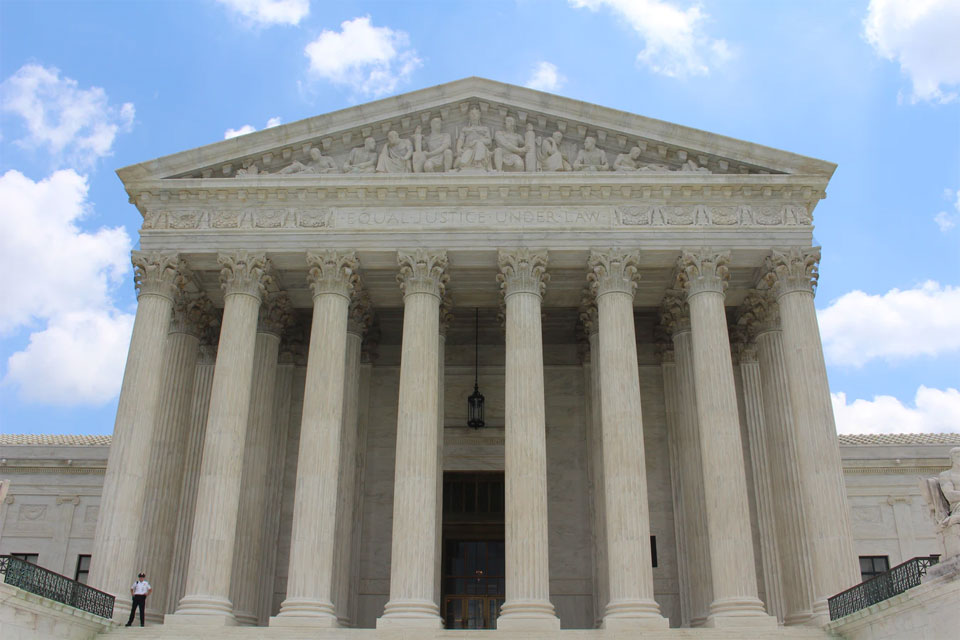
United States v. Miller
In 1939, the Supreme Court case United States v. Miller debated what weapons could be deemed a right to own for citizens. Specifically, the legality of an individual possessing and transporting a sawed-off shotgun in interstate commerce.
Jack Miller and Frank Layton were charged by an Arkansas federal district court for violating the National Firearms Act of 1934. This federal mandate set regulations, standards, classifications, and definitions for firearms. Due to their failure to have it registered, they were charged since it was carried over state lines. Miller argued that this charge was unconstitutional, and violated their right by the Second Amendment. While the District Court held that the charge was in fact a violation of the Second Amendment, an appeal to the U.S. Supreme Court concluded otherwise.
Final Verdict
In the final verdict, U.S. Supreme Court, Justice James Clark McReynolds reasoned:
In the end, it was the type of weapon that the Supreme Court determined the Second Amendment did not protect. The Court discerned that a sawed-off shotgun did not “[have] some reasonable relationship to the preservation or efficiency of a well-regulated militia.” Essentially, the Supreme Court linked the purpose of the Second Amendment to solely pertaining to necessary military purposes. The authority of its enforcement lied within the State, and was not determined by individual citizens. Thus this conclusion would be based on what is known as a collective rights theory.
District of Columbia v. Heller
In 2008, Dick Anthony Heller sued the District of Columbia for denying his application to keep a handgun within his home. D.C. code restricted the purchase and registration of handguns, and required all registered firearms to be kept unloaded and disassembled, or locked entirely. The only exceptions to this code were for those located in a business, or those used for legal, recreational activity.
Heller argued that the enforcement of parts of the code were wrongful, and ultimately infringed upon his Second Amendment right. He sought an injunction with the district court, although he was denied. He then appealed to the U.S. Supreme Court, which decided to reverse the district court’s decision. Supreme Court Justice Antonin stated:
The Court’s decision
The Court’s majority moved that the interpretation of the article is that the first part not be taken literally in the sense of military service. Analyzing the article’s use of language, the possible psychology of the Framers, and the political climate of Pre-Constitutional America; the Court determined that the article’s essential purpose was meant for self-defense.
The Framers wrote the Amendment, intending to provide citizens the right to protect themselves effectively within their homes. These men lived in an era before telephones, first respondents, a quality police force, but an overhanging potential of invasion. Americans generally, protected themselves without the hope or assurance of government assistance. Thus the code enforced by the District of Columbia directly violated this point. In the end, the Court determined that citizens had the “individual” right to own and carry arms for self-defense in case of “confrontation.”
An important point to note is that this decision wasn’t unanimous, ending in a 5-4 majority. Justice John Paul Stevens wrote that “the Second Amendment does not create an unlimited right to possess guns for self-defense purposes.” The court debated if the Amendment was absolutely intended to protect a citizen’s right to keep weapons within the home. Citing early American legislation, the Court found that “colonial laws” determined regulation.
Guns in Modern Court
This type of power in the modern day United States is equivalent to the U.S. Congress. Justice Breyer proposed that the Court “adopt an interest balancing test” as a solution. Congress would debate governmental interest in regards to regulation, deferring power to them in order to determine such matters.
Individual vs Collective Rights Theory
Most judicial debates about the Second Amendment, regarding legislation or regulations usually center around the concepts of the Individual or Collective Rights Theory. Discrepancy in the use of written language, required theorist to compare and contrast its usage during the ratification of the Constitution to modern day. This primarily determined how the article is interpreted.
Language used in the Bill of Rights is written as a “collective,” part of a whole. However, the interpretation of what collective means is separated to opposing extremes. These would be if “collectively” an amendment protects individual citizen’s rights, or if as a collective, a whole, rights are protected.
What do the courts have to say?
A collective rights theory, which was upheld in United States v. Miller (1939), is where the court concluded that the right to “keep and bear arms” were not held individually. The Court deemed that this decision was held by the state. The state legislature would determine what was necessary to maintain a “well-regulated militia.
In 2008, this changed in District of Columbia v. Heller (2008), when the U.S. Supreme Court ruled that D.C.’s code violated the right of individuals to protect themselves in self-defense. Here it was determined that it was an individual’s right to protect themselves in potential cases of “confrontation.” The Court majority interpreted that the core of the Amendment is centered around self-defense, protecting the individual’s right. However, political theorists conclude that the language used by the Framers supports the collective rights theory. In the end, our present politics support the ideology that a citizens liberties are secured by the Bill of Rights, however not individually.
Dangerous and Unusual Weapons
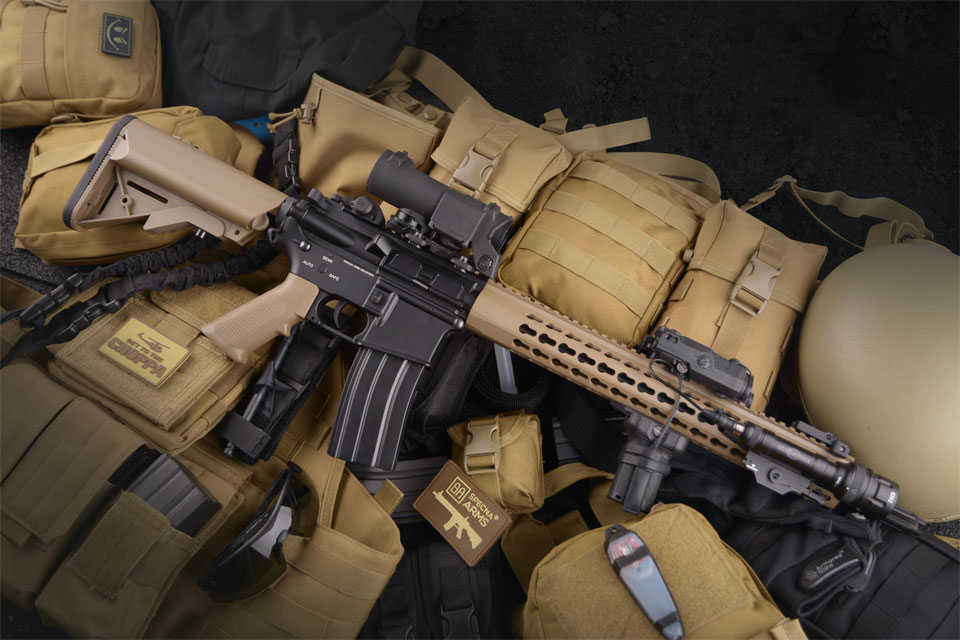
The term and definition of “dangerous and unusual weapons” is another focal point of the Second Amendment debate. Weapons that are believed to exceed the necessary measures to secure the State, or classified “uncommon hardware” are deemed dangerous and should not be owned by citizens.
Simply as stated in Clayton E. Cramer’s essay The Legal History of “Dangerous or Unusual Weapons, weapons that are “dangerous and unusual” are a “terror to the people”. However this definition is highly subjective to those who are trained and familiar with such weapons. Citizens such as these would believe the term shouldn’t exist to characterize a firearm. Although, those who fear or are concerned with these weapon’s lethality would argue otherwise.
What is deemed a banned weapon?
The Heller case presented a means of scrutiny to this definition in the case of handguns. The Court discerning that handguns are a “quintessential self-defense weapon” meant that these types of weapons could not be prohibited and are protected under the Second Amendment.
Duke University blog, Second Thought, discussed this concept of “unbannable arms.” Through their research they found that bannable firearms are categorized into 3 groups:
- Completely bannable
- Bannable under scrutiny
- Completely unbannable
Completely bannable
Firearms are those that are built or modified using “uncommon hardware.” This is defined as weaponry which are not commonly used by citizens, or are excessive in their designs. These include:
- Automatic machine-guns
- Certain gun modifications such as grips or excessively shortened barrels
Due to their rarity and increased lethal force, weapons such as these are not protected under the Second Amendment.
Completely unbannable
Handguns as of right now, are completely unbannable as determined by the Supreme Court decision of D.C. vs Heller. The Court’s ruled that they are necessary for self-defense. However, some groups argue that they are just as dangerous. This is due to the ease at which they can be fired, transported and concealed.
Bannable under scrutiny
Subjectivity increases when debating weapons under scrutiny such as semi-automatic and assault rifles like AR-15s. These have been under heavy debate due to the fact some feel as though they exceed what would be necessary for self-defense. Their long-range capabilities, and high ammo capacity fuel many to protest for the weapons to banned from purchasing or possessing.
AR-15s Banned?
Statistically, AR-15 frequent use in mass shootings and murders increases the call for their disappearance. Axios.com, an internet media outlet, provided statistical data which reported the weapons used and casualties of mass shootings in the United States since 2000. Data reported indicated that although only 27.8% (32 of 115) of mass shootings included the use of assault rifles. These attacks “accounted for 40% of all deaths and 69% of all injuries.”
only 27.8% (32 of 115) of mass shootings included the use of assault rifles
It is these destructive capabilities and lethal track record which have led to anti-gun groups asking for the repeal of such weapons.
Is the Second Amendment still necessary in modern times?
During the turbulent era of Post-Revolutionary America, true national security was extremely uncertain. The potential of attack was rampant, and colonial lives were constantly at stake. However, this was more than 200 years ago. Relations between the United States, Mexico, and Canada, thankfully, aren’t on the brink of war, nor has the United States been a target of immediate invasion for quite some time.
Within its borders, Americans have the privilege of fully-functioning emergency help systems. Citizens have access to responsive, police divisions, and the continental frontier no longer exists. With these advancements currently in effect, and since Americans have the privilege to live in a calmed political climate, it would seem the need for the Second Amendment has become obsolete.
Public Polling
Public opinion discussing if the Amendment should be done away with shows varying results. A 2018 poll taken by The Economist and YouGov reports that many Americans are still in favor of keeping the Second Amendment. Specifically, only about 21 percent of Americans are in favor of the repeal, compared to 60 percent who say otherwise. Across party lines, 39 percent are Democrats while only 8 percent are Republicans.
One important point researchers found is that many Americans don’t even know what the Second Amendment is, nor its purpose, or what it protects. A lack of legal education and political history could be a contributing factor to skewed results. While polls show that the masses may not support the amendment’s repeal, there is a large number of Americans, 46 percent, who would be willing to have it modified. So while the masses may not agree with it being abolished, there are those who recognize their are changes to be made.
Amendment Modification
The support for modification, may prove that there is still some practicality to the Amendment’s existence. Remember, at its core, the Second Amendment is meant to empower states and citizens with the ability to resist a tyrannical government. Distrust of the government, and fear of “emergency powers” such as marshal law or civil unrest cement individual needs for such forms of security. Panic and fear may prove the validity and need for such power to stay within the grasp of American citizens, with gun prices rising in times of distress.
Overview
The Constitution was ratified to establish order and secure the rights of those who were considered citizens. The Bill of Rights specifically guaranteed that the inalienable rights listed would never be taken or violated without due process. The Second Amendment empowers Americans as only 1 of 3 nations currently with the ability to arm themselves against the tyranny of those in power.
It also grants individuals the right to protect what they hold dear. Whether protected collectively or individually, a “well-regulated militia” is still viewed as necessary to the national security of the State, and thus the right to “keep and bear arms will not be infringed.” With time, legislation may once again modify the definition of that clause, but until then The Constitution puts that power within the hands of its people.
Keep coming back for more modern gun thoughts and articles. Remember, Practice Makes Proficient.
